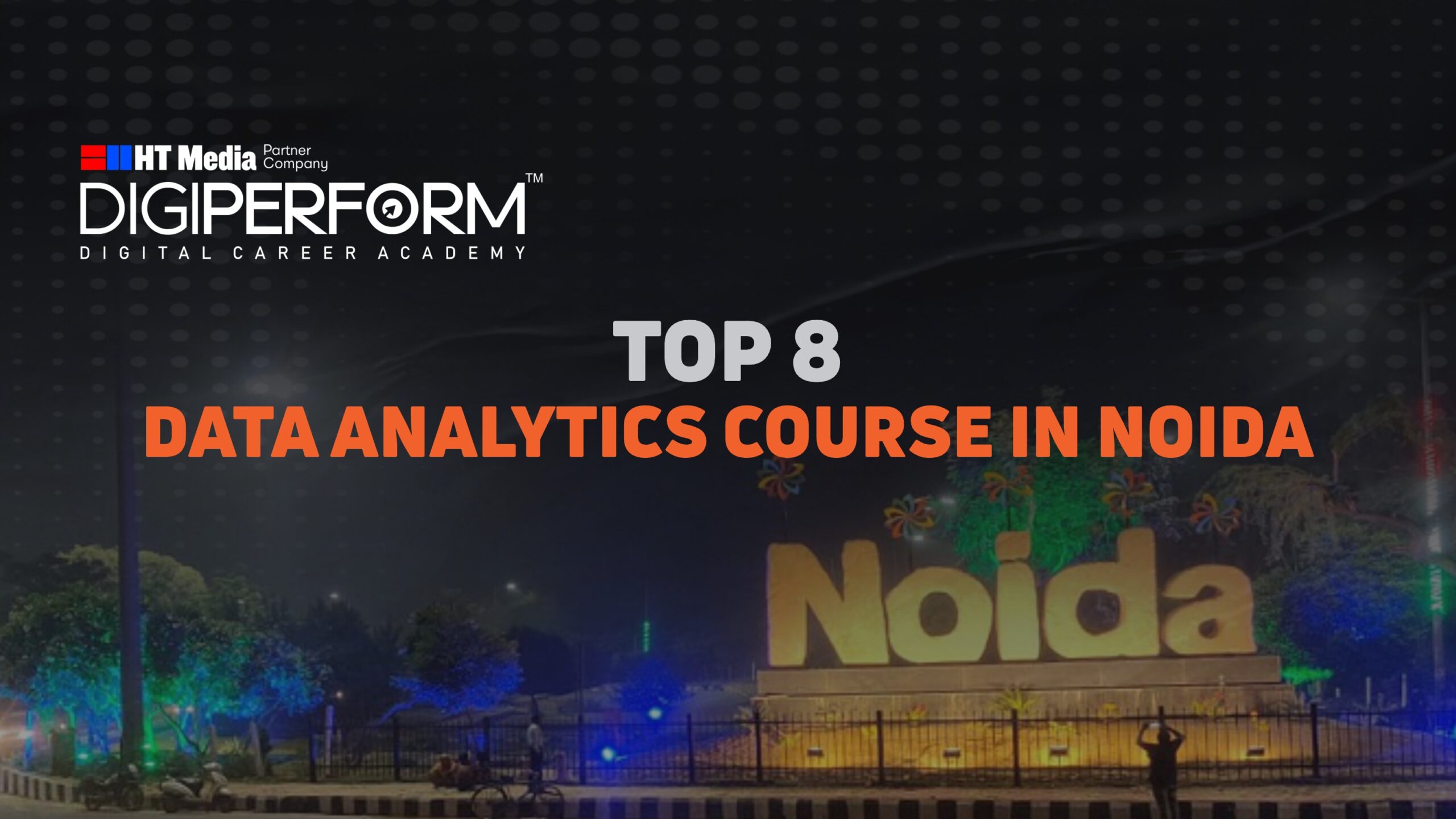
Master
Data Science Courses
India’s Only Data Science Training Program created to help you to build a successful career in Data Science from scratch.
Complete Information on Data Science
You all must have heard about Data Science, in this article we will learn about Data Science and give you complete information on this subject, also we will tell you about the importance of Data Science and Data Scientists in today’s digital era.
Let’s talk about data science and some of the other related terms you may have heard, such as predictive analytics, machine learning, advanced analytics, and others.
Definition of Data Science
Data science is a field of study that involves extracting knowledge and insights, from insights from noisy data, and then turning those insights into actions that our business or organization can take. Dig into it a little bit more and discuss what are the different areas that are covered by data science.
So really data science is the intersection between three different disciplines. We start with computer science, but then we also cover the area of Mathematics. Then what we think is the most important is Business Expertise. So the intersection of these three disciplines is data science and true data science initiatives involve collaboration across all these three different areas.
Different Types of Data Science
Now let’s touch on the different types of data science that you can do. What we need to understand here is that we have different data science methods for different questions that we might ask in an organization. And these questions can vary by complexity and the value that we get out of them. So let’s learn about them.
The first one that we learn here is Discriptive Analytics, so this is really about what is happening in my business, right? And it involves having accurate data collection to make sure that we know what’s happening. So a good question we could ask here is, well, did sales go up or down?
The next level is Diagnostic Analytics. And this is more about why something happen? So why did sales go up or down? And it involves drilling down to the root cause of our problem.
The next one that we have is Predictive Analytics. So this is about what is likely to happen next, right? So what will our sales performance be next quarter? It involves using historical patterns in our data to predict outcomes. We have prescriptive analytics, this is about what I need to do next? What is the recommended best action for a particular outcome? So the question we could ask here is, what do I need to do to improve sales by 10 percent?
So now we can talk about how data science is done and who does it.
Data Science Lifecycle
So let’s look at the data science lifecycle, and who actually does it. And the first thing that we always must start with is business understanding.
Business Understanding:
This is critical to make sure that we’re asking the right question before we go down a lengthy data science initiative. This is where you can see that having the business expertise and the domain expertise can be incredibly critical to making sure that we’re asking the right questions.
Data Mining:
Once we’ve defined that, we can move on to data mining. So this is the process of actually going out into our data landscape and procuring the data that we need for our analysis.
Data Cleaning:
Once we’ve done that, we can move on to data cleaning. So the reality of the marketplace is that when we find data, it’s probably not in the best format that we need it in, and it probably has some issues with it, right? It might have rows that have missing values, it might have duplicates in it. So there’s some preparation and clean analysis. So once we’ve done that cleansing, we can move on next step.
Exploration:
This is the part of the process that allows us to use different analytical tools that can start helping us answer some of the types of questions that I mentioned here earlier. If we want to get into some of these higher-value questions like predictive and prescriptive, then we must start using advanced analytical tools such as machine learning tools, that leverage massive amounts of computing power and massive amounts of high-quality data to make predictions and prescribe actions for the future.
Visualize:
The next step is to visualize the insights and outcomes of our analysis.
Different Roles in Data Science Life Cycles
Who does what in this life cycle? So in an organization, you may have roles like a business analyst, you might have data engineers, and then you might have data scientists.
Business Analyst:
So business analysts are involved in formulating the questions. They have the domain expertise, they can help with business understanding. But they’re also involved with visualizing our insights in a way that’s useful for the business.
Data Engineering :
Then we have folks like data engineering folks. So these are the people who can help us find the data, clean the data, and then also help with some of the exploration.
Data Scientists:
Next, we move on to our data scientists. So these are the people that will help us with the exploration. They’ll help us with advanced machine-learning techniques. And they’ll also assist in the visualization.
You can see there’s some overlap. And that’s why it’s critical to have collaboration across these roles. And what you also start seeing nowadays in the marketplace is that sometimes business analysts have to do Some machine learning. They have to help out with exploration. Data scientists sometimes need to go and find the data on their own.
Conclusion:
There’s a lot of overlap and these different roles must collaborate with each other. So I hope you know now how the data science lifecycle can help us take noisy data, turn it into knowledge and insights, and then turn it into meaningful action for our business.
Before I end, I would like to say that if you Want to make a career in this field of achievement you can do an Online Data science course (Master Certification Program in Analytics, Machine Learning, and AI) from Digiperform. India’s Only Most Trusted Brand in Digital Education
In this Data science online course You will solve 75+ projects and assignments across the project duration working on Stats, Advanced Excel, SQL, Python Libraries, Tableau, Advanced Machine Learning, and Deep Learning algorithms to solve day-to-day industry data problems in healthcare, manufacturing, sales, media, marketing, education sectors making you job ready for 30+ roles.
And to get your dream job Digiperform’s dedicated placement cell will help you with 100%* placement assistance.
FAQs:
What is data science?
Data science is an interdisciplinary field that utilizes scientific methods, algorithms, processes, and systems to extract insights and knowledge from structured and unstructured data.
What are the key skills required to become a data scientist?
Key skills for data scientists include proficiency in programming languages like Python or R, understanding of statistical concepts, knowledge of machine learning algorithms, data visualization techniques, and domain expertise in the specific area of application.
What is the difference between data science, data analysis, and machine learning?
Data science encompasses a broader scope, involving the entire process of data collection, cleaning, analysis, interpretation, and communication of insights. Data analysis focuses on extracting meaningful information from data sets, while machine learning is a subset of data science that involves the development of algorithms that enable computers to learn from data and make predictions.
What are some common applications of data science?
Data science finds applications in various domains such as healthcare (predictive analytics for patient outcomes), finance (fraud detection and risk assessment), e-commerce (recommendation systems), marketing (customer segmentation and targeting), and social media analysis.
What steps are involved in the data science lifecycle?
The data science lifecycle typically involves several stages including problem definition, data collection, data cleaning and preprocessing, exploratory data analysis, feature engineering, model building, model evaluation, deployment, and monitoring. Each stage is essential for extracting meaningful insights and building reliable data-driven solutions.










